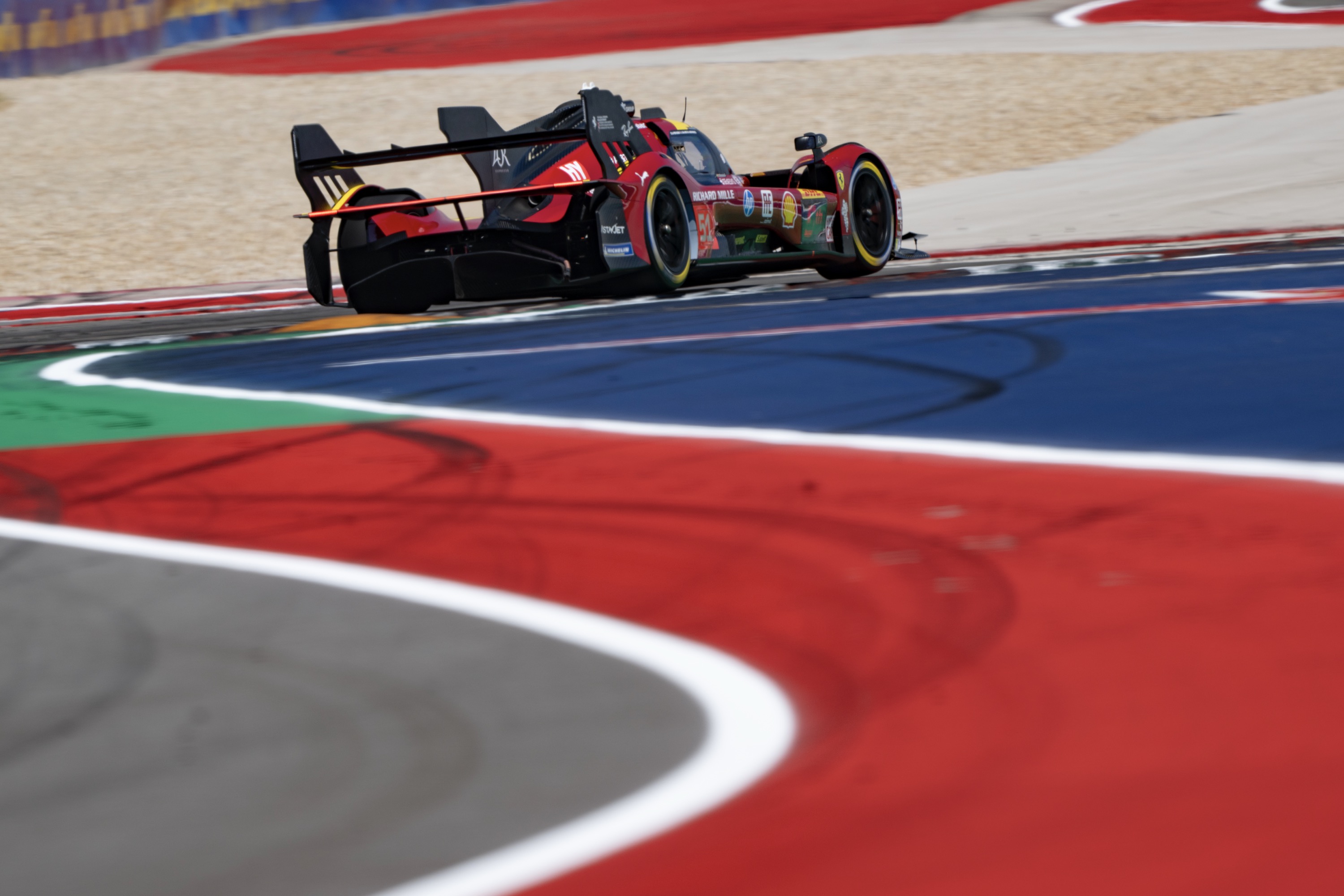Form doesn’t always quite follow function in racing. LMP1 died because it cost hundreds of millions of dollars to compete, so the Hypercar rules are designed to keep costs relatively sane. Once your car is designed, it gets homologated, and from then on, hardware changes are mostly limited to things that improve reliability but don’t affect lap times.
Ferrari made a few small changes between the 2023 and 2024 seasons. “After Le Mans 24, now the rest of the car is exactly the same, but we involve many, many parts of the car where we can make a difference because the car is homolgated… But we work at a lot in terms of engine control, for example, in terms of setup, because we discover a lot of new [things] in our car,” Coletta told me, then pointed to his competitors’ hardware changes as evidence that Ferrari got it right from the start.
Does the P stand for pretty?
The rules also hold back the worst impulses of the aerodynamicists. The ratio of lift to drag must be 4:1, with limits on absolute values. And that has freed up the stylists to create a visual link between their brand’s sports prototype and the cars they make for road use.

The rear wing looks like it came from a superhero cartoon. (This is a compliment.) Credit: Ferrari
I’m not sure anyone has capitalized on that styling freedom better than Ferrari. Other Hypercars have a bad angle or two—even the Aston Martin Valkyrie looks a little strange head- or tail-on. Not the 499P, which dazzles, whether it’s painted Ferrari red or AF Corsa yellow. At the front, the nose calls out current road cars like the hybrid SF90 or 296. The rear is pure drama, with three vertical wing elements framing a thin strip of brake light that runs the width of the car. Behind that? Curves up top, shadowy venturis underneath.
It looks best when you see it on track and moving. As it does, it shows you different aspects of its shape, revealing curves you hadn’t quite noticed before. Later, stationary in the garage with the bodywork off for servicing, the complex jumble of electronics and machinery looks like a steampunk nightmare. To me, at least—to the mechanics and engineers in red fire suits, it’s just another day at work, with almost as many team members capturing content with cameras and sound recorders.